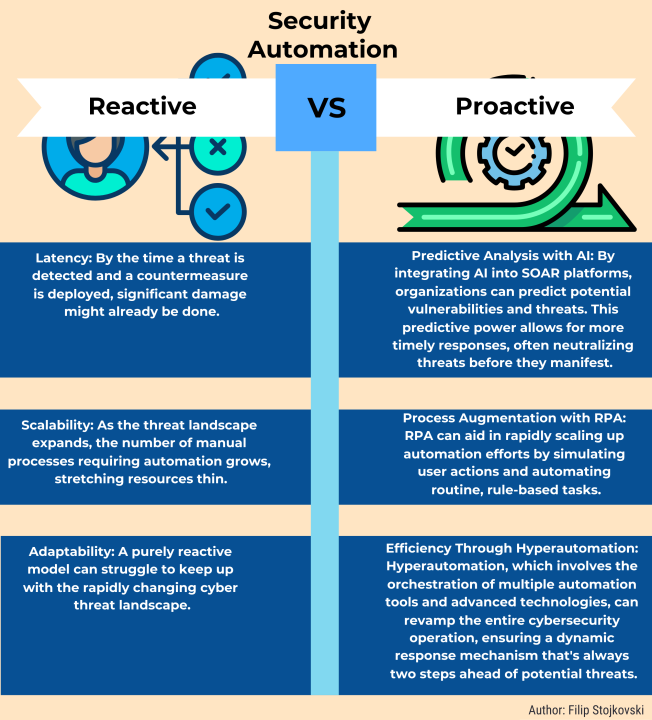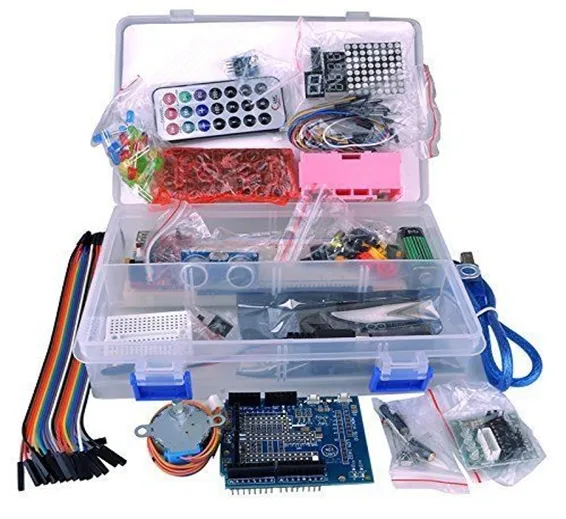Key Takeaways
- Grasping the significance of DCIM in the IT landscape and its critical role in the sustainable evolution of technology infrastructure.
- Uncovering the varied dimensions of DCIM that contribute to its status as a pillar of energy-efficient and eco-friendly data center practices.
- It highlights the rewards and roadblocks that organizations face in adopting DCIM, emphasizing the workforce development needed to harness the full scope of DCIM’s potential.
Understanding Data Center Infrastructure Management (DCIM)
Data Center Infrastructure Management, commonly known as DCIM, represents an amalgamation of processes, tools, and methodologies that enable seamless operation and management of a data center’s assets, resources, and information systems. In a data center’s complex life cycle, DCIM is a pivotal element, overseeing the convergence of technology and facility management to optimize uptime, resource allocation, and energy consumption. The genesis and rising prominence of DCIM solutions herald a new dawn for efficiently managed data repositories that form the backbone of our digitized society. A close look at the DCIM framework reveals a holistic approach to managing critical infrastructure and shaping operational outcomes and strategic business decisions. In strategic terms, DCIM paves the way for comprehensive resource oversight, allowing for enhanced decision-making and insightful data analysis. The granular visibility that DCIM affords ensures all resources are harnessed effectively and the infrastructure’s full potential is realized. Whether optimizing cooling systems or managing power distribution, DCIM provides a lens through which the anatomy of a data center becomes discernible and manageable.
Key Features of Modern DCIM Solutions
Modern DCIM platforms go beyond the role of merely reporting on the status quo. They embody a proactive approach, leveraging sophisticated algorithms and machine learning to predict and prevent potential system failures. Vital components such as real-time monitoring and analytics fuel the capability to foresee issues before they arise, reducing downtime and improving overall efficiency. Additionally, automated control systems inherent in DCIM facilitate responsive management of data center resources, streamlining operations and preempting unnecessary waste of time and energy. At the core of DCIM’s advanced functionality lies the centralization of data insights and control mechanisms. From the temperature and humidity levels to power supply health, DCIM aggregates disparate data points into a coherent and actionable dashboard. The utility of this aspect cannot be overstated as it leads to an optimized resource distribution tailored to meet the changing demands of the data center environment, thus safeguarding the spatial and computational harmony of sophisticated IT ecosystems.
Exploring the Benefits of DCIM for Organizations
The ripple effects of a well-implemented DCIM strategy are felt across the length and breadth of an organization. One primary benefit that beckons businesses is the promise of heightened operational reliability. Uptime is the currency in the realm of data centers, and DCIM offers an assurance of uninterrupted service, which is invaluable in maintaining service level agreements and sustaining customer trust. On the financial ledger, the efficiency gains from DCIM translate to considerable cost savings. With energy expenses often ranking among the highest operational costs for data centers, DCIM’s ability to optimize energy use directly impacts the bottom line, driving economic and ecological dividends.
Additionally, DCIM equips organizations with the tools to perform asset lifecycle management, extending the usability of equipment and ensuring capital is judiciously expended. Over time, the strategic application of DCIM can cultivate a competitive edge, as data centers boasting superior management and operational capabilities stand out in a crowded marketplace. By driving more competent capacity management and fostering an environment for continuous improvement, organizations leveraging DCIM are well-positioned to thrive in an increasingly data-dependent world.
DCIM and the Future of the Internet of Things (IoT)
As the Internet of Things burgeons, the influx of connected devices into the data center landscape requires an evolutionary leap in management practices. DCIM emerges as a quintessential element of this evolution, adept at handling the intricate web of IoT-generated data and the accompanying need for higher levels of security and compliance. DCIM seeks to consolidate the vast, tangled networks that IoT ecosystems present by enabling efficient tracking and managing of potentially millions of endpoints. Data centers equipped with robust DCIM solutions stand better armed to weather the storms of security threats and harness the full potential of IoT integration.
Moreover, as IoT matures, its symbiotic relationship with DCIM will likely deepen, with DCIM systems evolving to provide even more nuanced control over IoT operations. This progression will lead to increased responsiveness in real-time data processing and improved overall system integrity, highlighting the indispensability of DCIM in an interconnected technological future.
Addressing the Skills Gap for DCIM Professionals
Finding talent equipped with the necessary skills to manage and optimize DCIM systems is a growing challenge within the industry. The rapid evolution of DCIM technologies demands continuous skill development and professional education. Organizations and educational institutions have recognized this gap and are converging to develop curriculum and certification programs that aim to enhance the DCIM proficiency of future data center professionals. Publications like Data Center Knowledge have highlighted these trends, outlining the increasing need for specialized training that encompasses the technical aspects of DCIM and the strategic and operational nuances required to maximize its impact.
The Role of Standards and Compliance in DCIM Implementation
The implementation of DCIM must navigate a labyrinth of industry standards and compliance regulations—a process that, while often daunting, is crucial for ensuring the integrity and efficacy of data center operations. Standards such as ISO/IEC 20000 and 27001 provide fundamental guidelines for managing information technology services and security and serve as benchmarks for DCIM implementations. Adherence to these standards underpins operational excellence and bolsters an organization’s standing in a competitive field. As regulatory bodies continue to emphasize the importance of data security and operational reliability, the hand of DCIM in meeting these requirements grows ever more prominent.
Looking Ahead: The Next Frontier for DCIM Technology
The landscape of DCIM is set to transform as the incursion of advanced technologies, such as AI and machine learning, into data centers crystalizes. These technologies promise a new echelon of analytical depth, delivering insights that will empower data centers to preempt disruptions and optimize operations to an even greater degree. AI-driven DCIM could revolutionize capacity planning, elevating it from a predictive art to an exact science. Such advancements will invariably redefine the boundaries of DCIM’s potential and cement its status as an indispensable fixture in the data center ecosystems of tomorrow.











